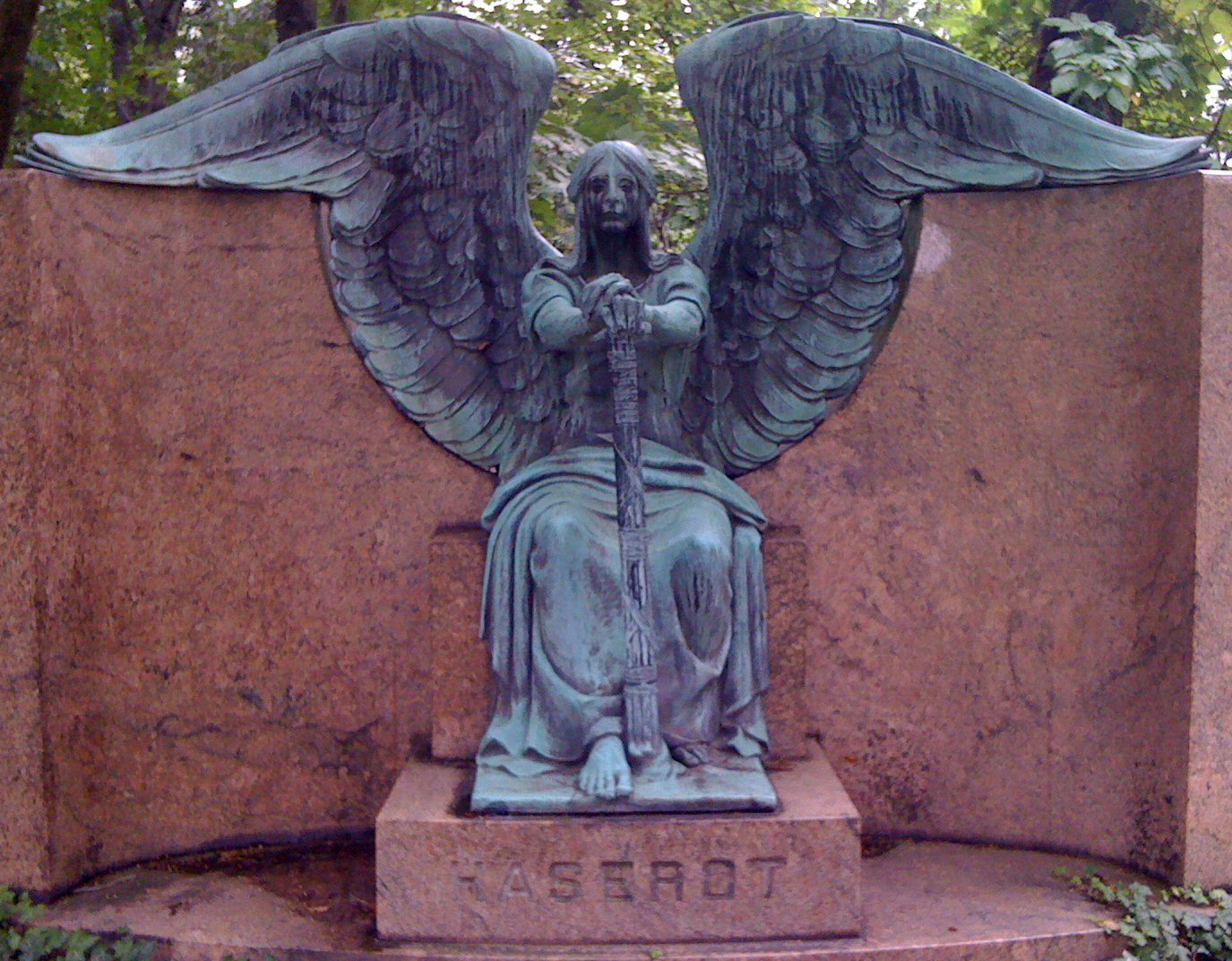What's It Like For A Hamilton Fan To Finally See The Musical?
If you haven’t heard of Hamilton, that’s only because you’re not paying attention. It’s the biggest smash on Broadway in a long time – tickets are sold out through 2017 – and it’s one of those rare Broadway shows that has a cultural impact, as it’s a two-hour rap opera (or, if you choose, a “hip-hopera”) about the life of Alexander Hamilton.
I have listened to the soundtrack straight through about a hundred and fifty times. And unlike many other Broadway musicals, which have songs separated by dialogue, every word in Hamilton is sung. So you get the full story by listening to the soundtrack, because it’s like an audio recording of a movie.
I thought I knew Hamilton.
But when I saw Hamilton, there were differences. And so for those of you who hope to see the show some day – just win the daily Hamilton lottery for front-row seats, like I did! – I thought I’d write up some of the differences that surprised me.
Biggest surprise about Hamilton on-stage: Thomas Jefferson is TOTALLY Cat from Red Dwarf, gone into politics.
— Ferrett Steinmetz (@ferretthimself) February 19, 2016
But going through in order:
There’s a moment in “Aaron Burr, Sir” when he meets Lafayette and the crew, and the entire orchestra cuts out while Hercules Mulligan provides percussion by beating the wooden table they’re sitting at. And maybe it’s the miking, but hearing that boom of a real hand hitting a table booming across the theater and damn near drowning out the voices seemed so much more vibrant than the low-key background beat they give in the soundtrack. It felt rowdier.
The central stage had two concentric rings that rotated, and they used that a lot to keep everyone walking in place. Things were constantly swirling around, and that led to the greatest moment of the show –
In the break between “Helpless” (which is told from Eliza’s perspective) and “Satisfied” (which is told from Angelica’s perspective), you hear a brief reversing noise. In the stage show, however, they show the courting and marriage of Eliza from Eliza’s perspective – and then the stage fucking rotates, and everyone moves backwards in slow motion, reenacting the wedding as a rewind until we wind up perfectly in Angelica’s perspective watching the two of them. It is the second-most beautiful thing in the show.
…we’ll get to the most beautiful thing.
The actors switch up between halves – Lafayette becomes Thomas Jefferson, Hercules Mulligan becomes James Madison, John Laurens becomes Hamilton’s son, and Peggy (“and Peggy!”) becomes the seductress in “Say No To This.” Which works out quite well, although frankly Hercules Mulligan is wasted by becoming the sedate James Madison. I would have been happy watching Hercules Mulligan just bursting into various scenes for the rest of the show.
The dancers were on-stage everywhere – and maybe it was the front-row seating, but they were damn near invisible. The dancers spent a lot of time walking through the background to give the impression of a bustling city, and when they occluded the performers they were expressing a physical form – most notably one dancer representing the shot, crossing the space between the two duellists in slow motion. I was surprised at how my attention never got drawn away from the lead performers.
The King spit a lot. Like, a lot. Like, a Gallagher show of sputum. Like, to the point where Gini and I wondered whether it was a purposeful thing to show his madness. I mean, I know it happens when you’re singing at top volume, but still.
The King also didn’t move. At all. Well, maybe a little. But he was stock-still and regal and yet somehow remained absolutely hysterical. An act of beauty.
The Cabinet Battles were surprisingly jocular. I mean, I played Jefferson’s part in a public performance of Hamilton (against fantasy author Max Gladstone’s Hamilton) and we couldn’t stop laughing, but I assumed that was a weakness in our performance. But no! Jefferson kept cracking up whenever Hamilton scored a good point, and Hamilton sniggered at Jefferson’s insults. The fight is SRS BSNESS but boy howdy, the actual battles themselves involve a lot of sniggering.
Having Aaron Burr on stage ties the narrative together in interesting ways. Showing him standing side by side with Jefferson (who gets all the best lines) and Madison really accentuates how Hamilton’s success spurs Burr’s envy spurs Burr’s ambition spurs their duel. I mean, yeah, he’s present in the songs, but Jefferson always steals the show; the plotline became far more coherent and tight in the physical presence.
The second half is heartbreaking. That’s pretty much all. If you thought it was sad on the soundtrack, seeing Philip pass away as his mother desperately sings at him to keep him alive will Kali Ma your goddamned heart.
Okay, now we’re at the end. And here’s a mild spoiler – not really a spoiler, but an effect you may wish to keep to yourself. It’s beautiful, though.
I’ll give you some space.
Okay. On the soundtrack, when the show is over, “Who Lives, Who Dies, Who Tells Your Story” fades to black after Eliza tells about establishing the orphanage.
But in the show…
Goddamn, the show. I’m tearing up.
In the show, Eliza is at the front of the stage. Everyone has moved to the back, having faded into history. And Eliza stares out into the unknown, having told the story of her life, and…
She lets out one anguished shriek. Her death-gasp. Which is both pained and somehow astonished, as her life fades in the split-second of a gunshot, and then…
Blackness.
Silence.
Applause.
It’s beautiful. You should go see it.


I have seen the show and I enjoyed reading your summary. 🙂